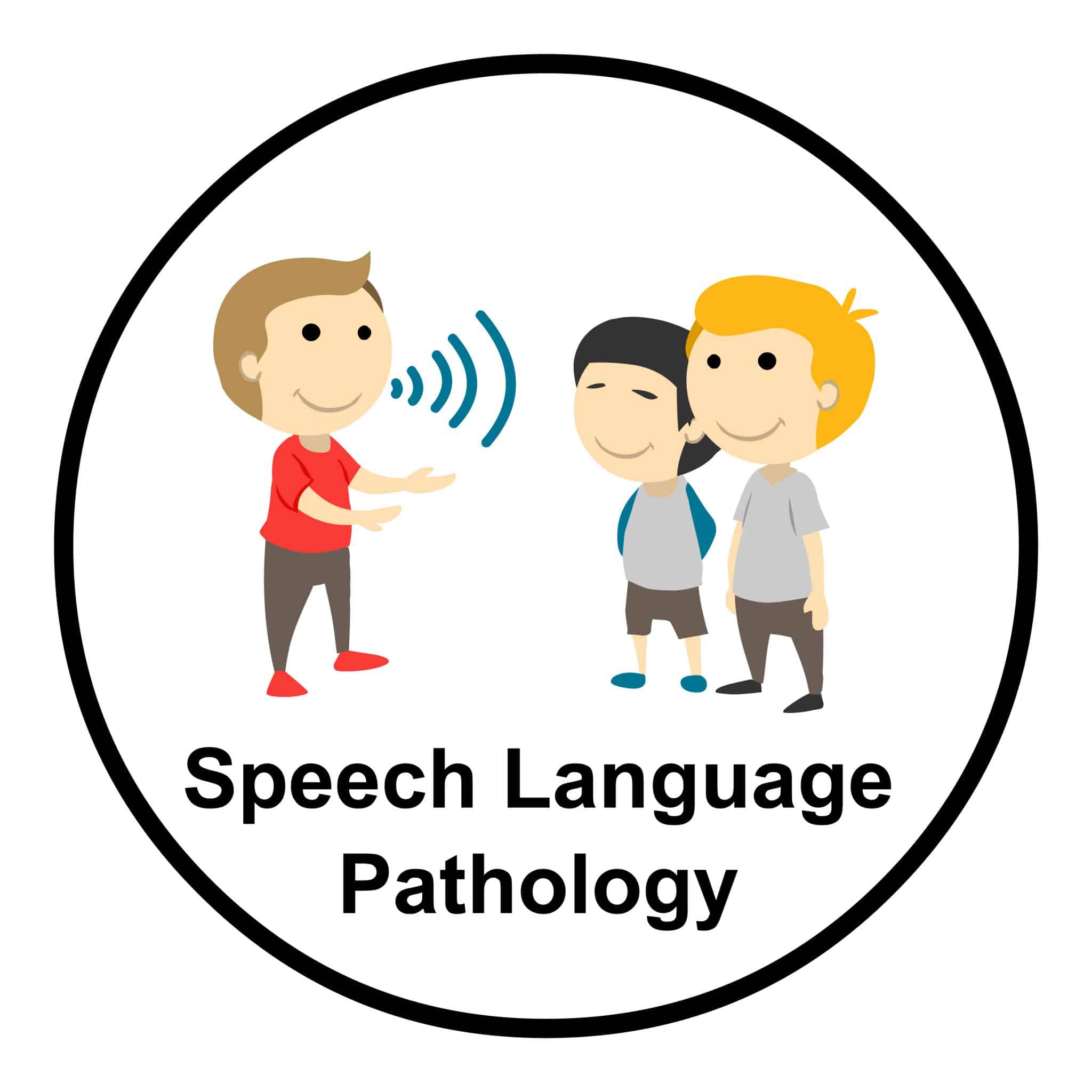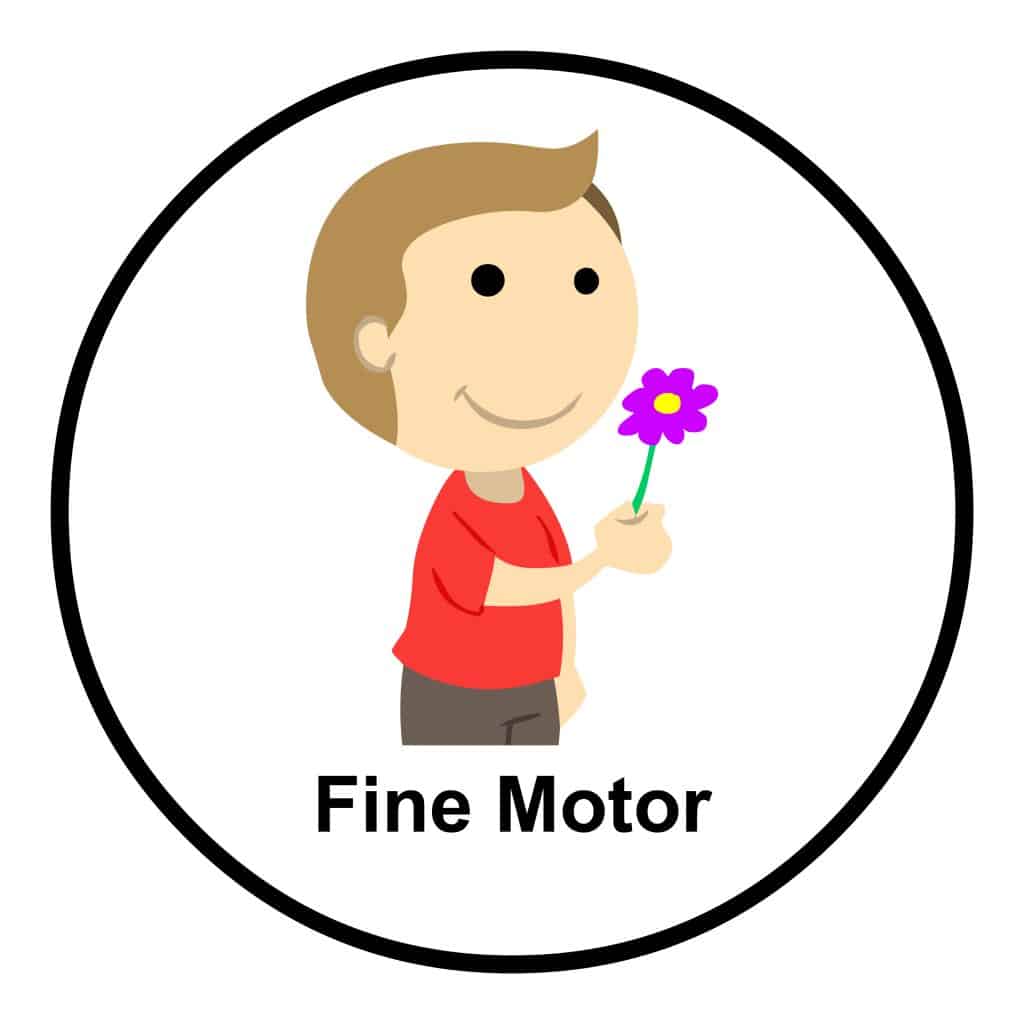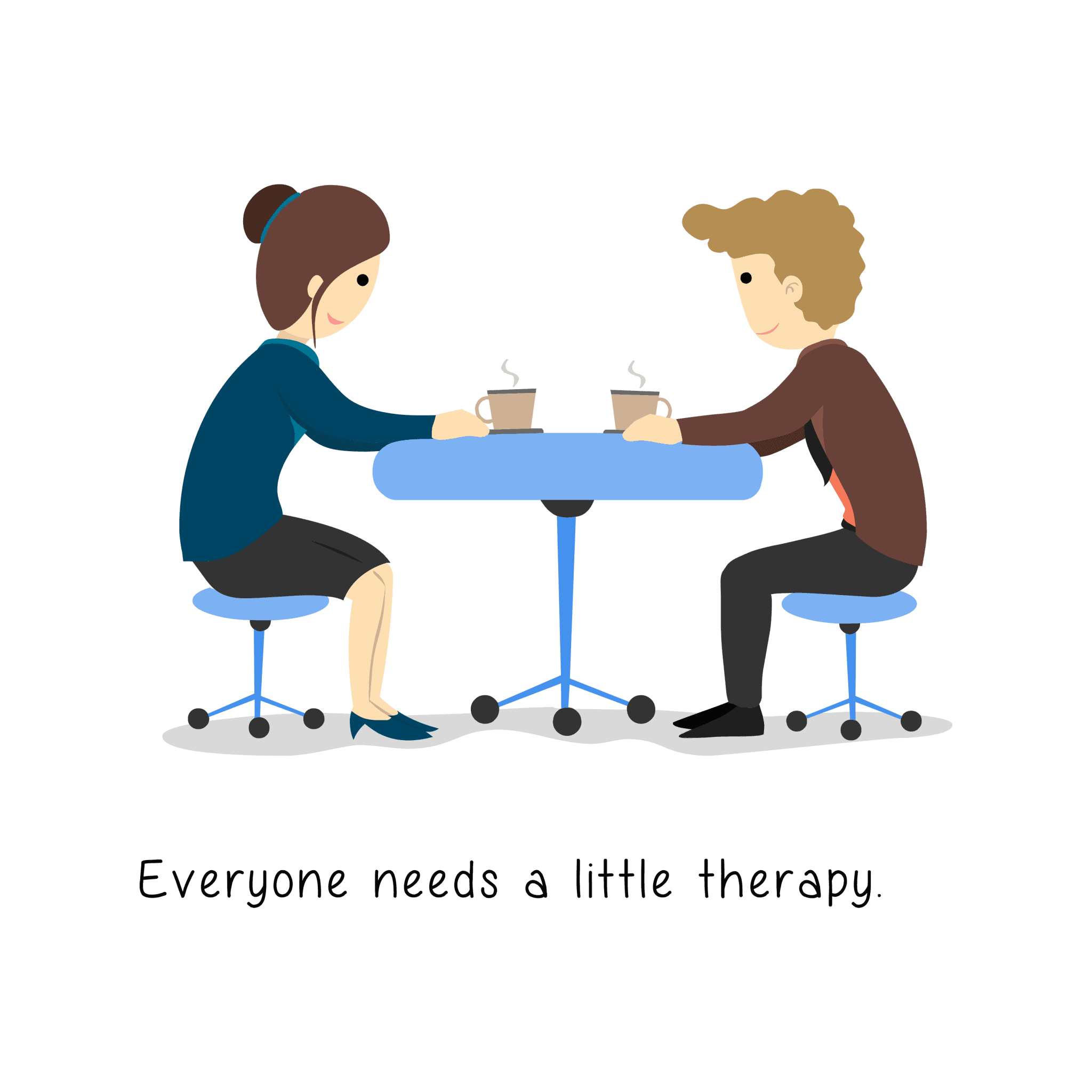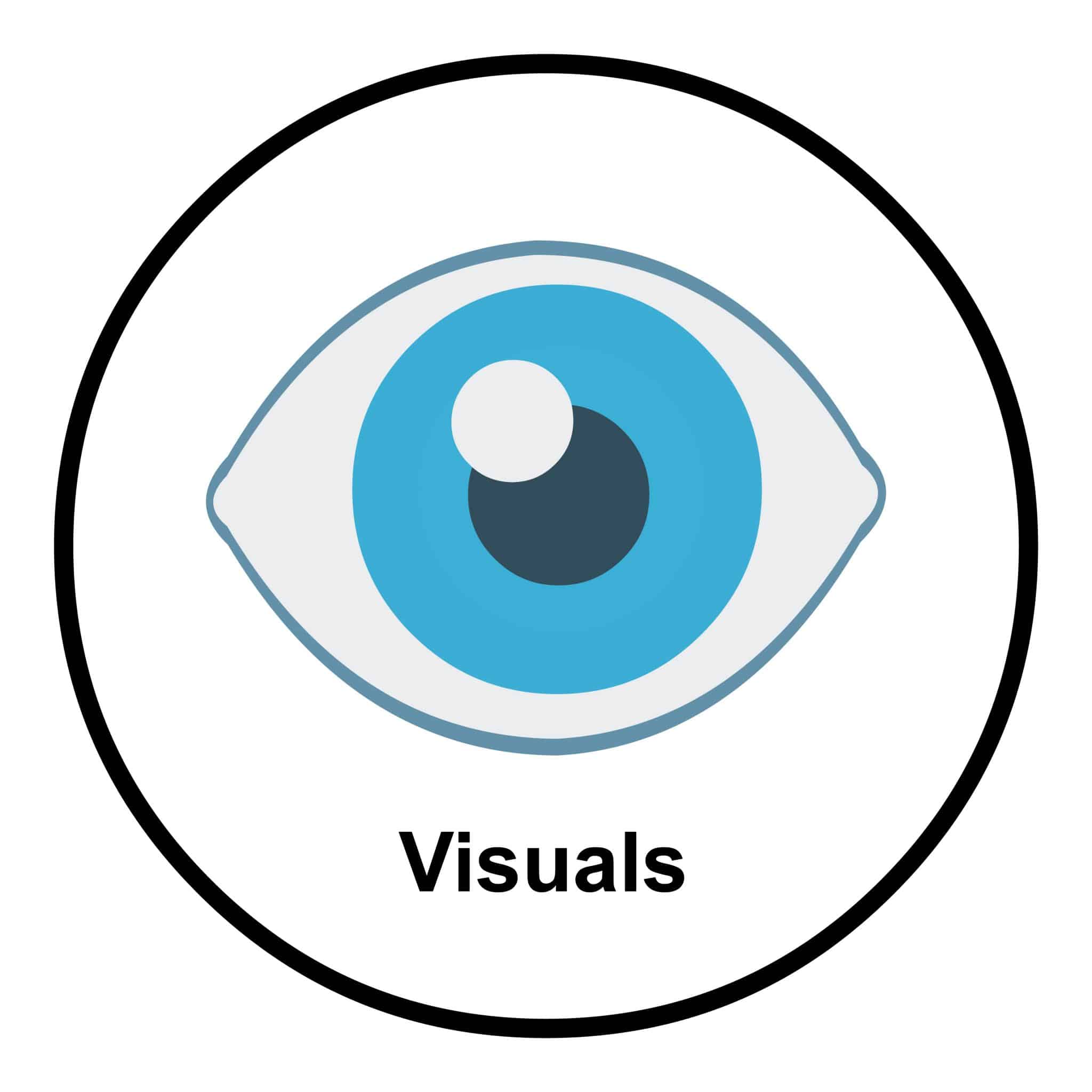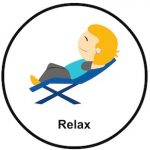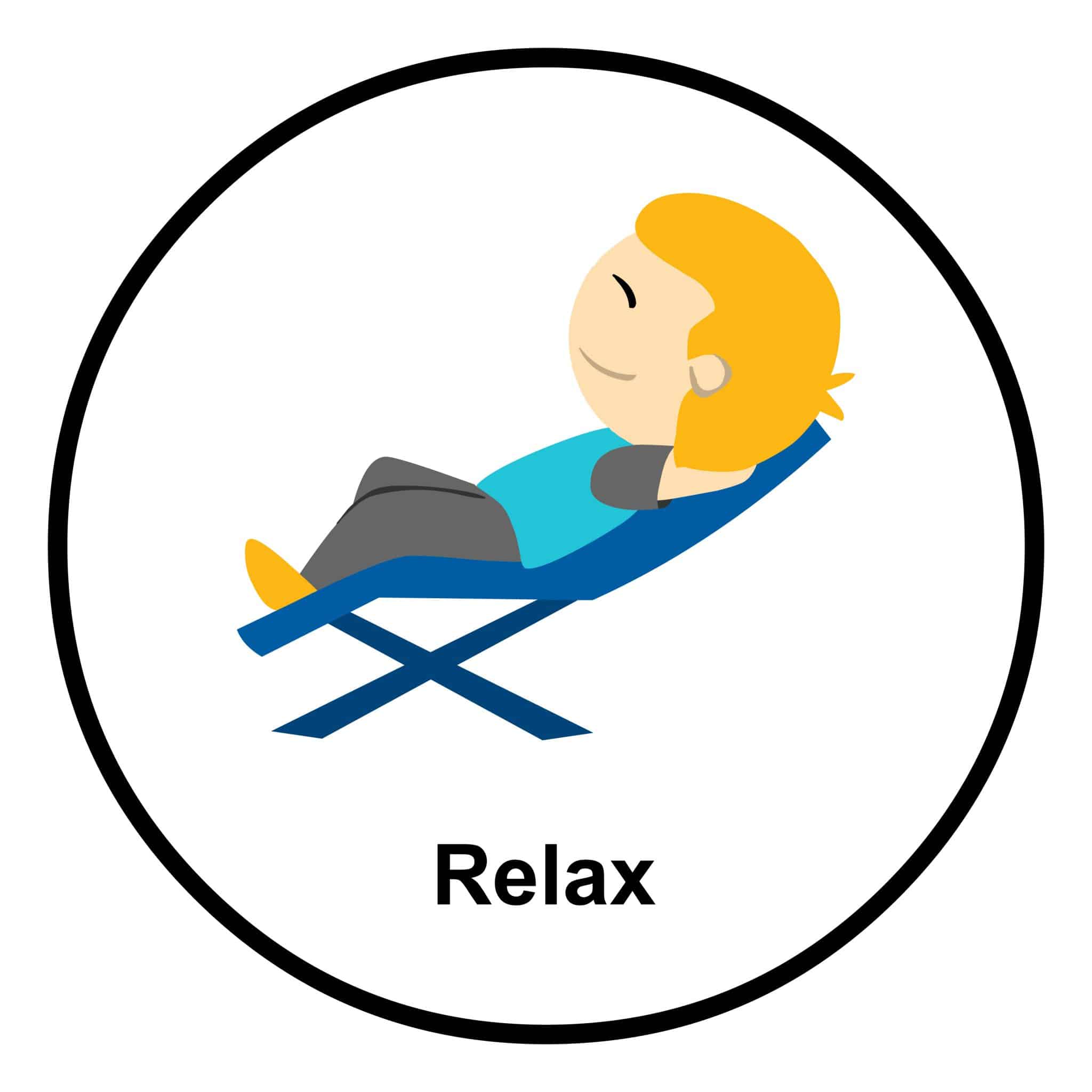Homes for Ukraine – How Else to Help
Many families around Europe are supporting by offering their homes for Ukrainian refugees.
Many are wondering – what else/ what other support is needed? We have done some brief research and list it below.
This is not an exhaustive list, and please refer to your local authority/country/ government regarding specific support in your country, and in the coming days more information regarding the Homes for Ukraine scheme are likely to be announce and confirmed.
This advice is specific for the United Kingdom.
Visas and Sponsorship
You can find out information about the visa options here. You can also call the Ukrainian visa hotline (free 24/7 helpline on) +44 808 164 8810 (0808 164 8810 from within the UK).
Banks*
Monzo Bank is an online bank and has a post about how refugees can access their bank here. They will post the card to you.
HSCB need information as anyone would who is opening a bank account (details here), but if a family member has an account already the process is slightly different. If you already bank with them, its worth going into a branch and asking.
Metro Bank do ‘instant’ accounts in 1-2 hours, including printing the card on the day. They have a different process if the person has the ‘refugee status’ vs if they are on a family visa. You can find out more here.
*Please take care when opening a bank account and ensure that you are choosing the right account for your needs.
Communication Boards
We have outlined various different communication boards to support both families arriving from Ukraine, and those who are hosting them. You can find more on our blog post here: Communication Boards for Ukrainian Refugees. A big thanks to the Occupational Therapists from OTs4Ukraine, who have all helped with the translation and feedback on the boards.

 Loading...
Loading...
This Communication Board is specifically for Families and refugees coming into homes. We will be updating with more languages as soon as possible! You can find more information regarding visuals on our page here.
GP and NHS Services
Families arriving under the ‘Homes for Ukraine’ Scheme are eligible for full benefits including the NHS.
You do not need proof of address/ immigration status to register with a GP. Once they register, they will get an NHS number.
Families and individuals arriving may also need mental health support, check out your local offer or NHS services, to know what is available in your area.
Working and National Insurance
For those wanting to work, they will need to apply for a National Insurance Number. This can take some time to process, so if possible start this early. You can find out what is needed here.
Benefits
As mentioned families and individuals arriving can access benefits and universal credit. There are some criteria that they will have to meet, including how much money in savings. You can find out more here.
Some councils also have help-to-rent schemes where they may help families/individuals with rental deposits. Check your local council for more information as they may be updating more since the Homes for Ukraine announcement on the 14 March 2022.
The Red Cross and Refugee Council have more information.
Welcome Pack Ideas
When arriving into a new home, especially under the circumstances is overwhelming and stressful. You may chose to get a few things to help welcome them into your home.
If you are in contact with the people coming to you to stay; please ask them what they would like and try not to make too many assumptions about what the want/ need. – everyone has individual preferences from soap-or-bodywash to tea or milk first!
Some ideas for a welcome pack (if you choose to, there is no requirement to!!):
- Toiletries; toothbrush, toothpaste, shampoo & conditioner, soap/body wash, deodorant, hair brush
- Towel/ face cloth
- Folder to keep all their documents (e.g. Bank, NI Number) in, with a pen.
- Our communication boards – which can be found here.
- UK USB charger plug
- Snacks/ fruit (they may not want to eat a full meal straight away).
- What to expect document (e.g. what you can expect from us/ our routines & what we expect from you).
For children:
- Soft toy / blanket
- Nappies/ Wipes (if needed)
- School bag/ pencil case
- Water bottle/cup
- Toys or Pyjamas
For teens:
- School bag
- Pencil case
- Folder for their documents
- Journal/ note book and pen
- Toiletries (as noted above)
This is not an exhaustive list and please comment with other ideas or advice you might know of to help!


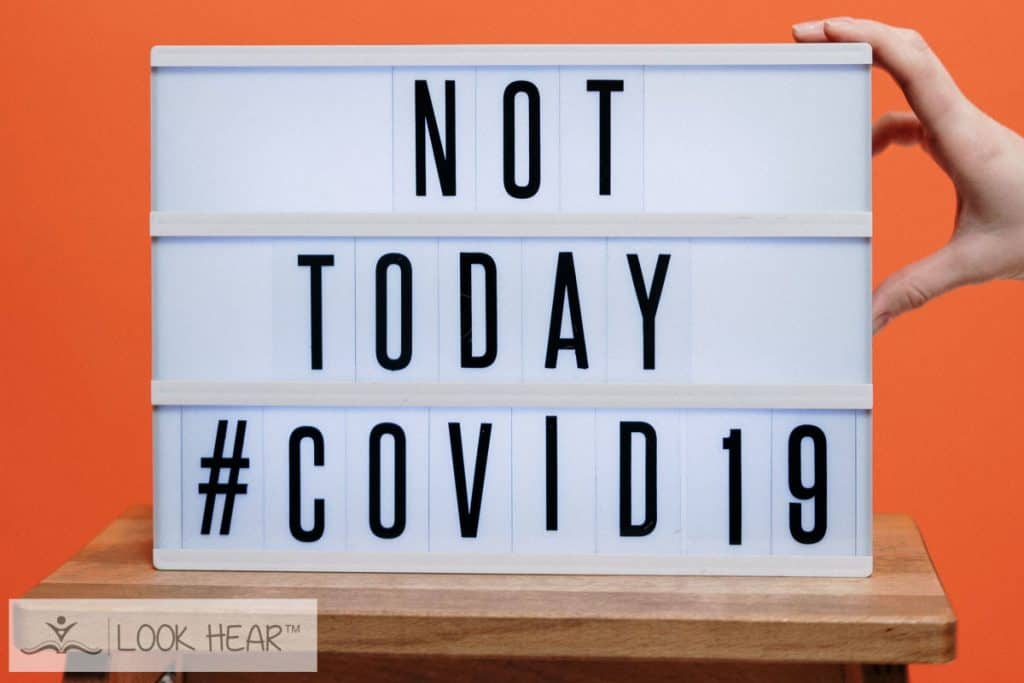



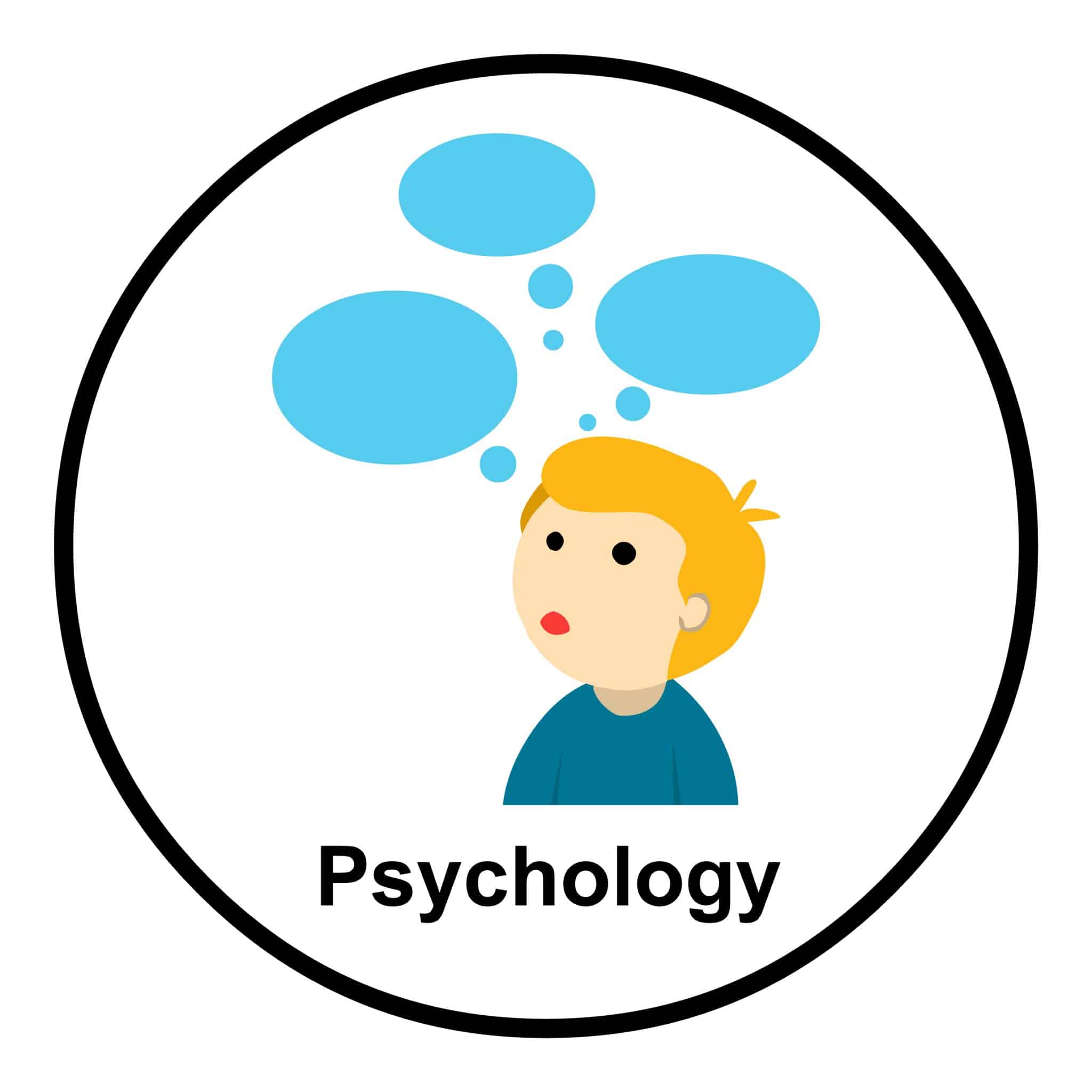

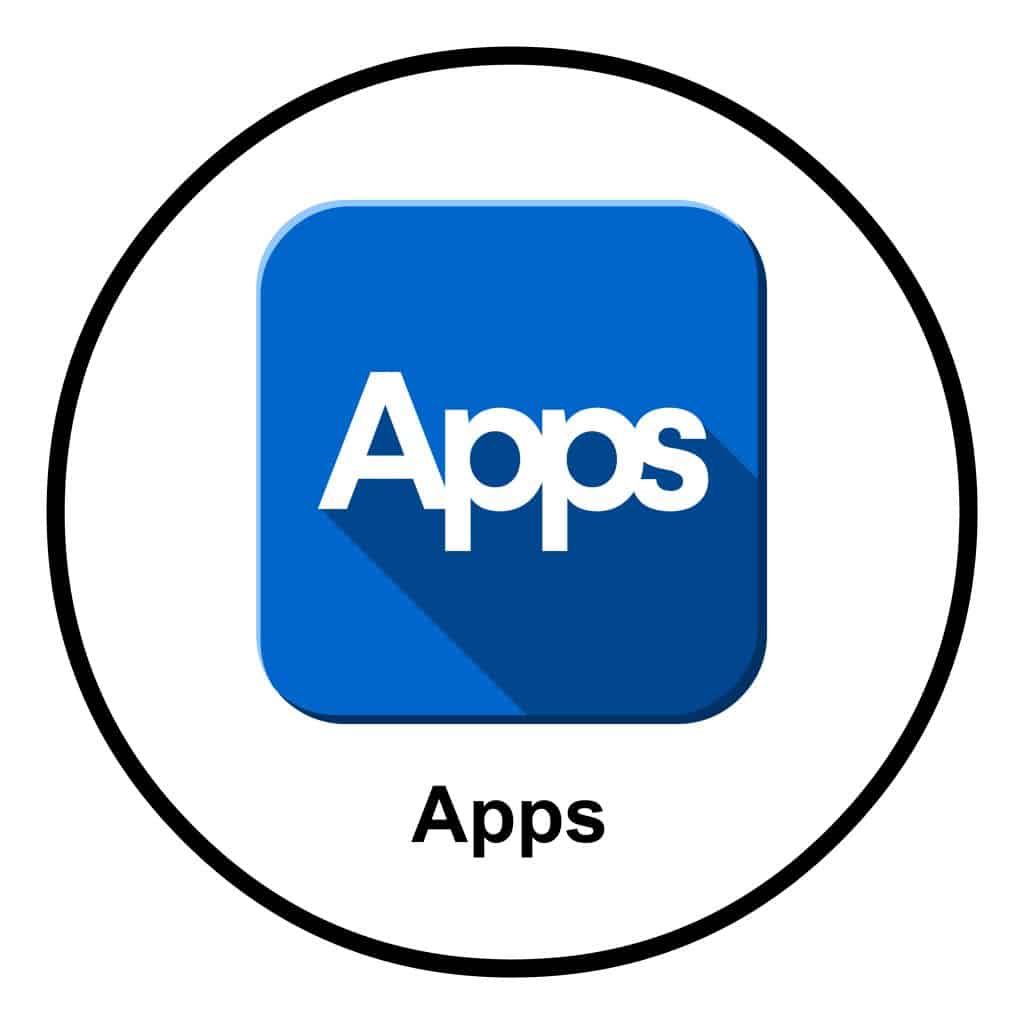
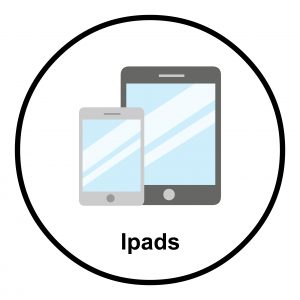












 there were times that the sibling did something embarrassing in front of your friends or peers? Maybe there were just feelings of anxiety or loneliness because you were the only sibling at your school? These are all normal emotions of a child sibling but as we age, there are new roles that emerge when we become adults and those feelings are set aside.
there were times that the sibling did something embarrassing in front of your friends or peers? Maybe there were just feelings of anxiety or loneliness because you were the only sibling at your school? These are all normal emotions of a child sibling but as we age, there are new roles that emerge when we become adults and those feelings are set aside.
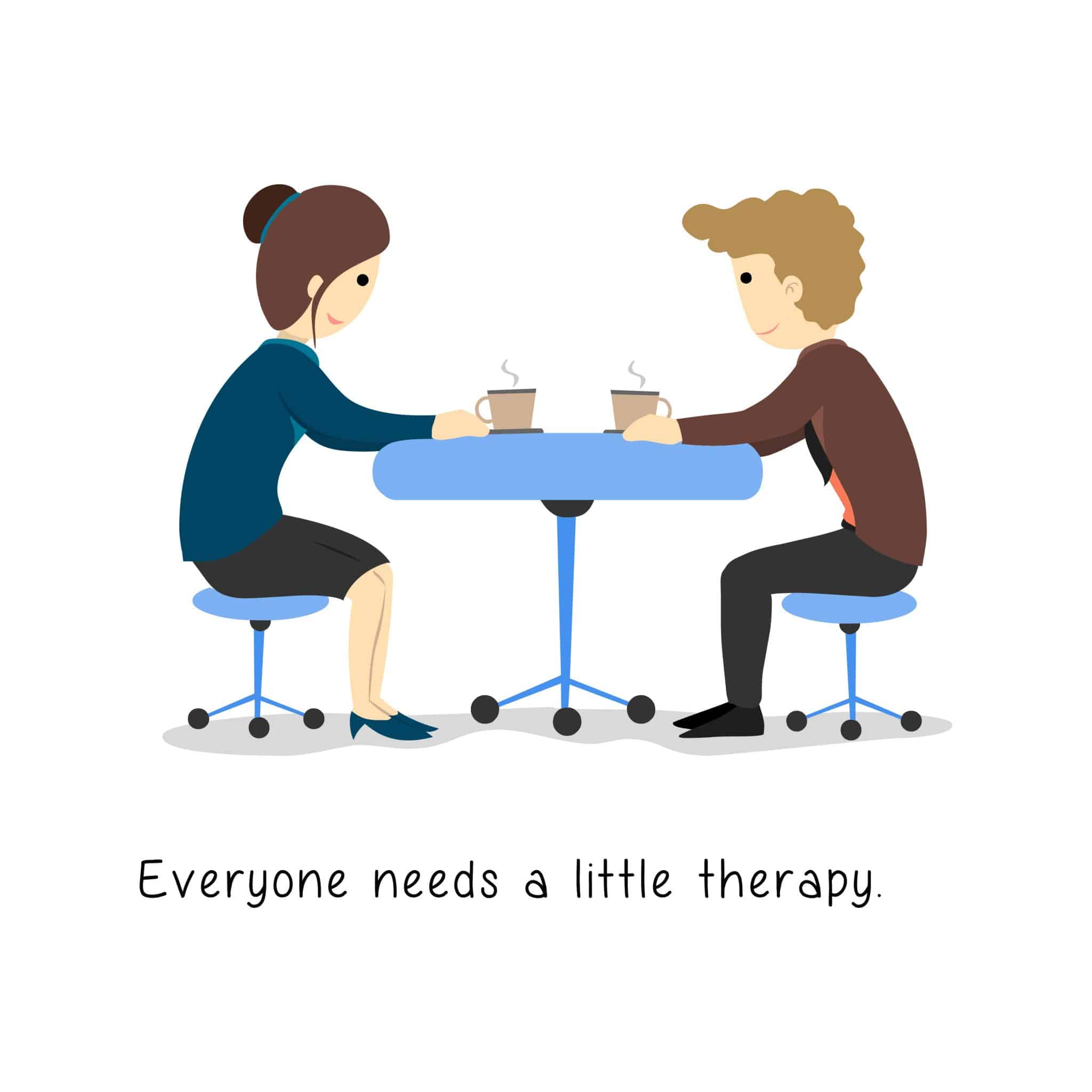









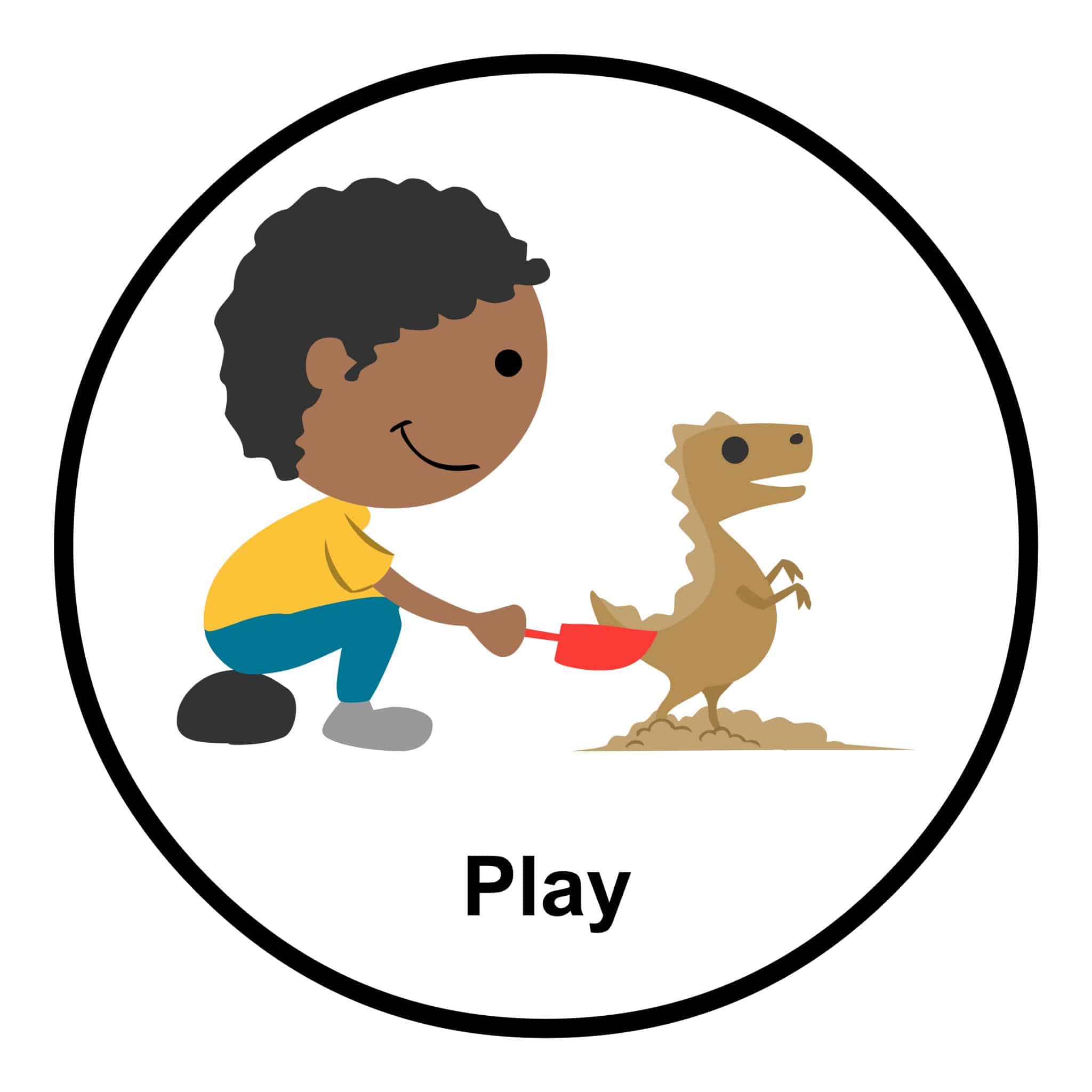







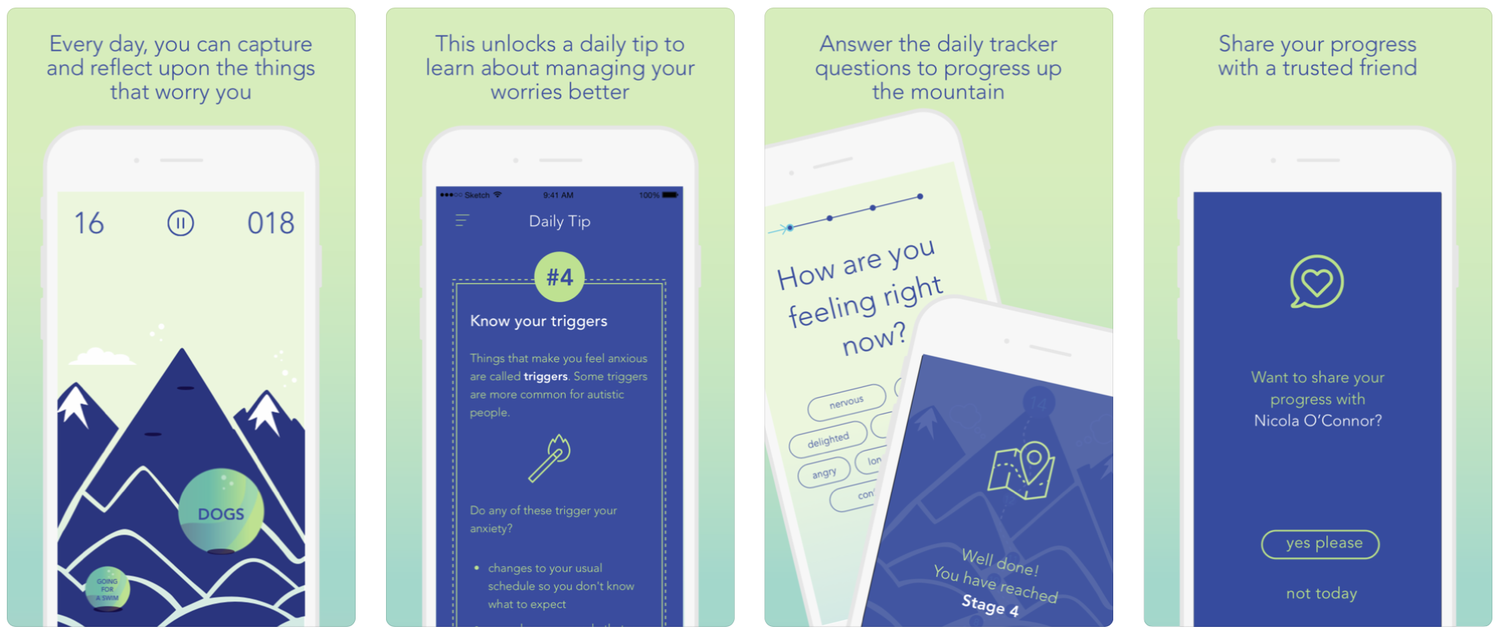

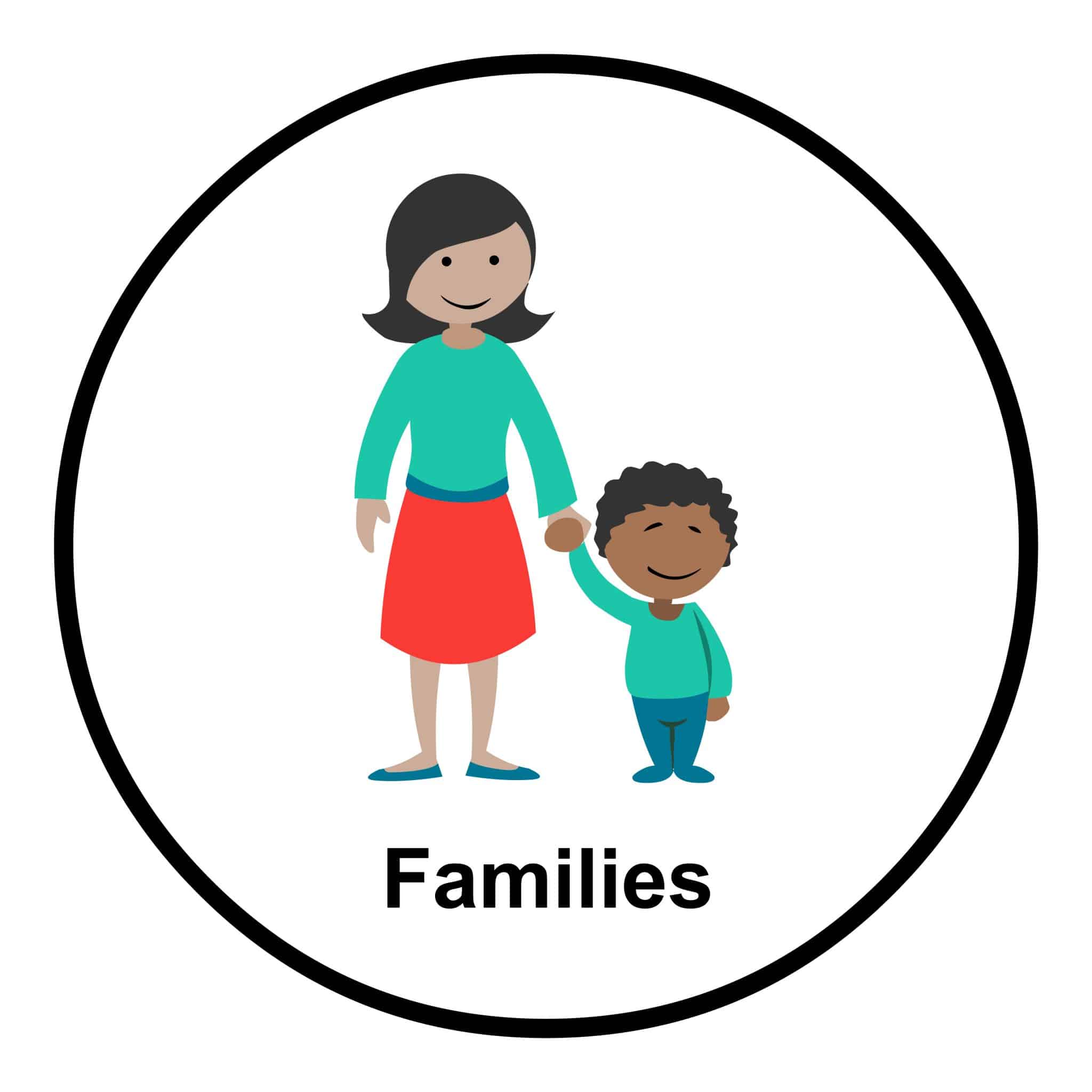





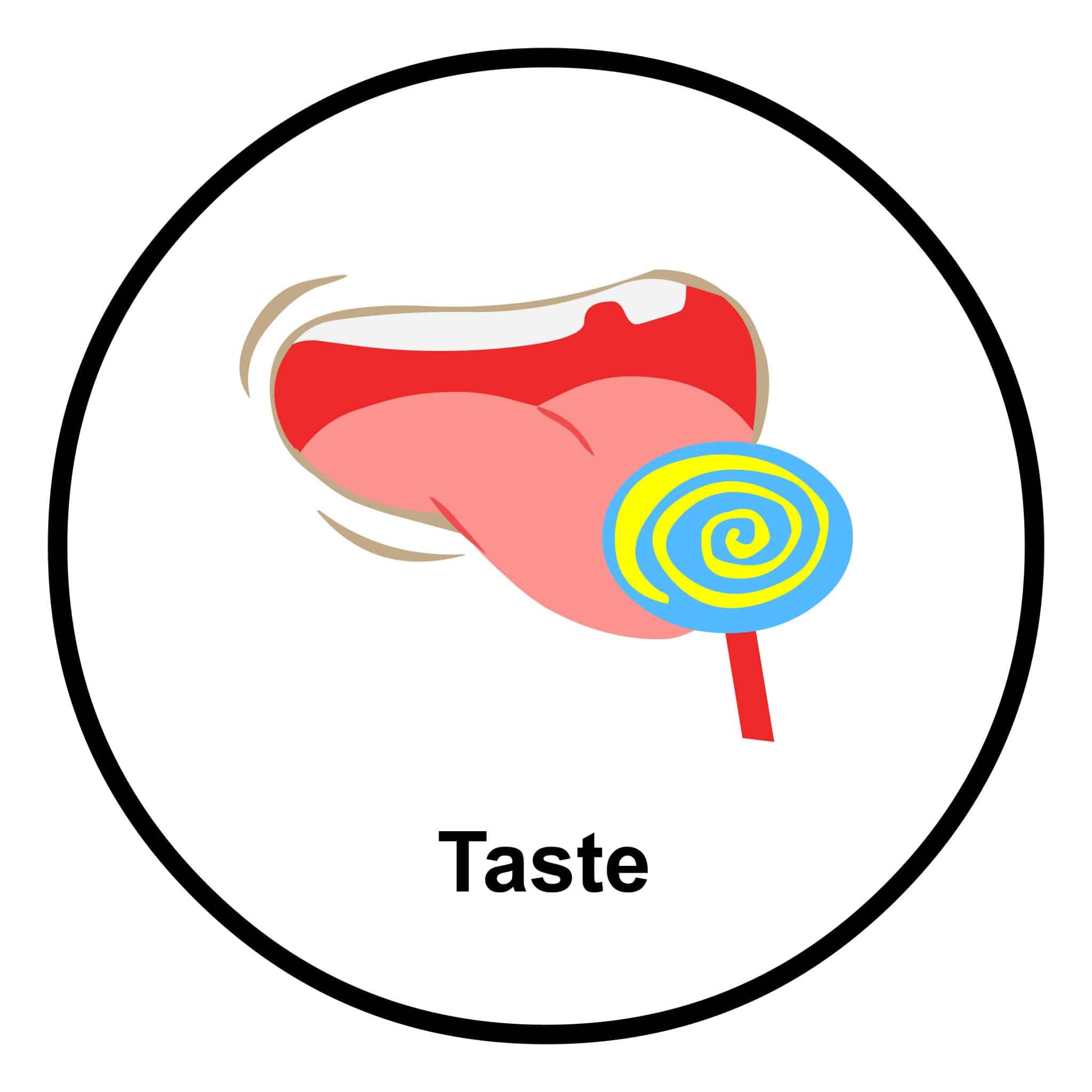

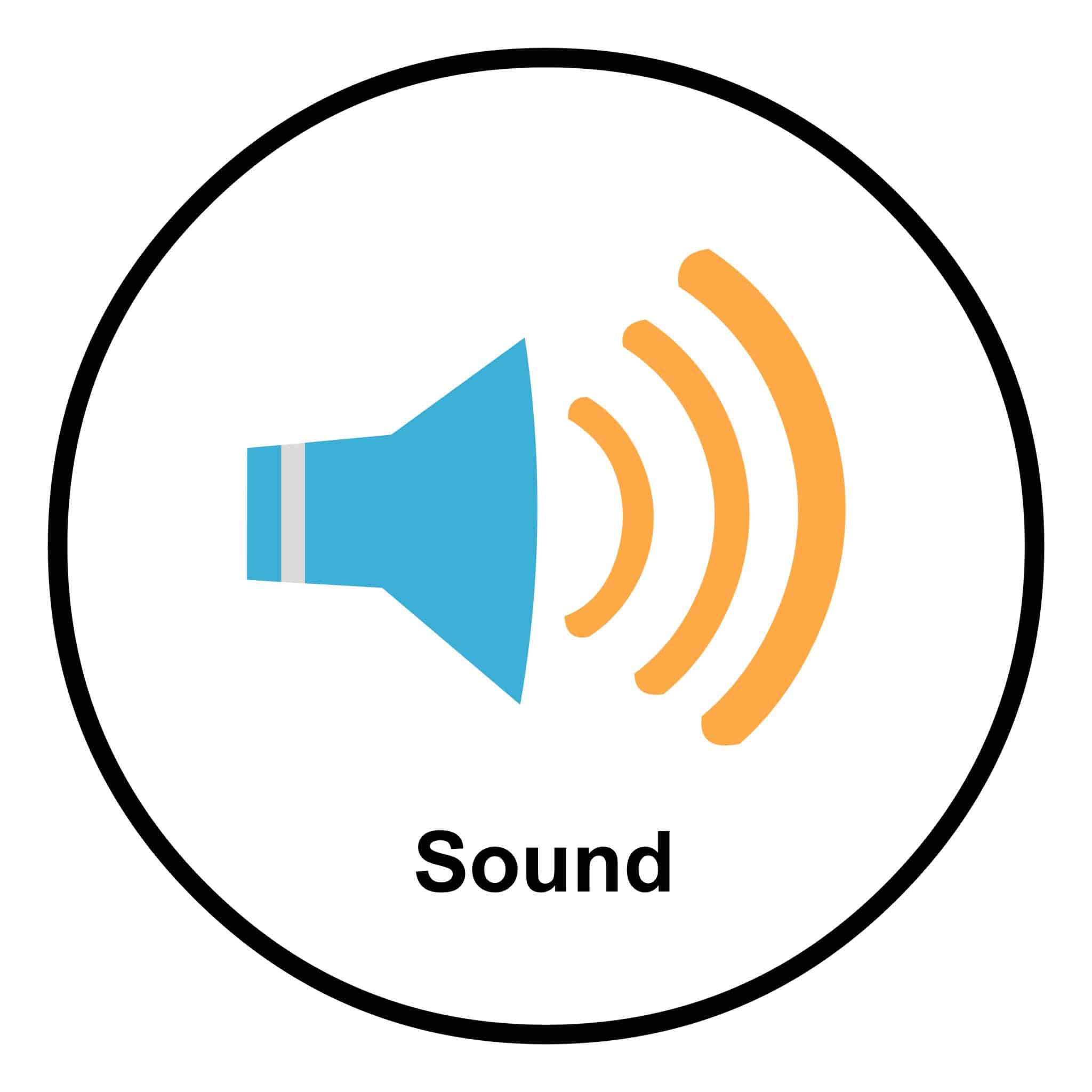

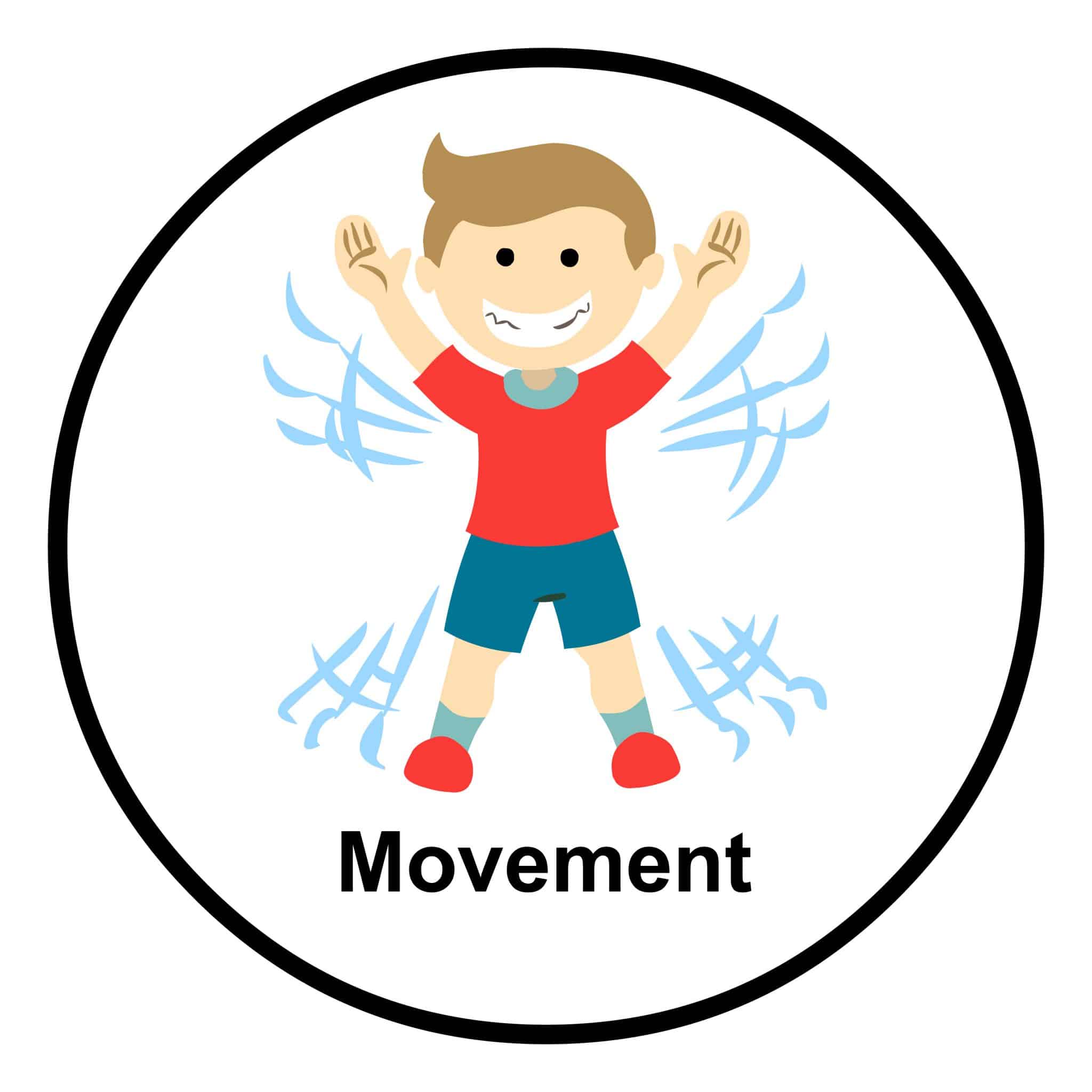










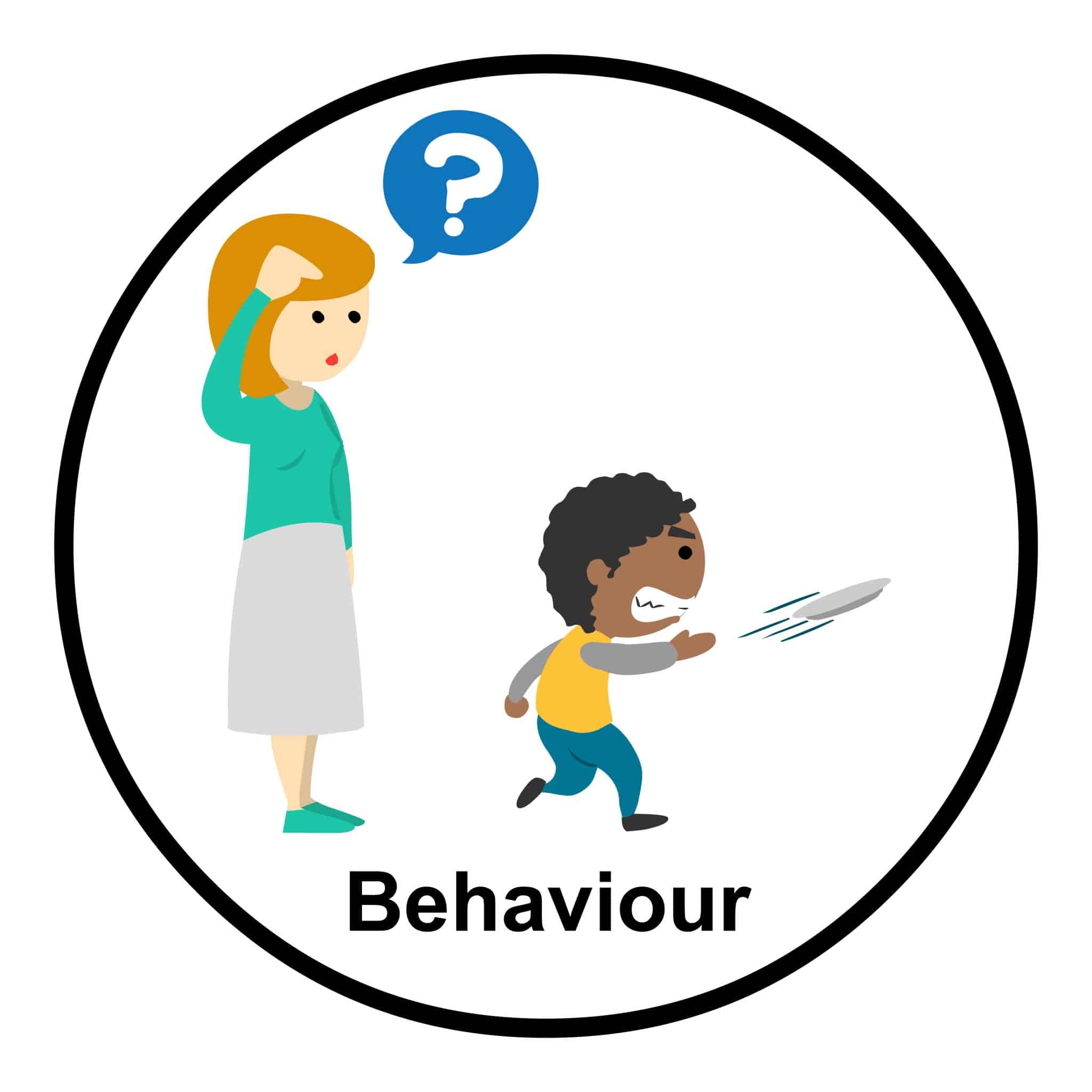
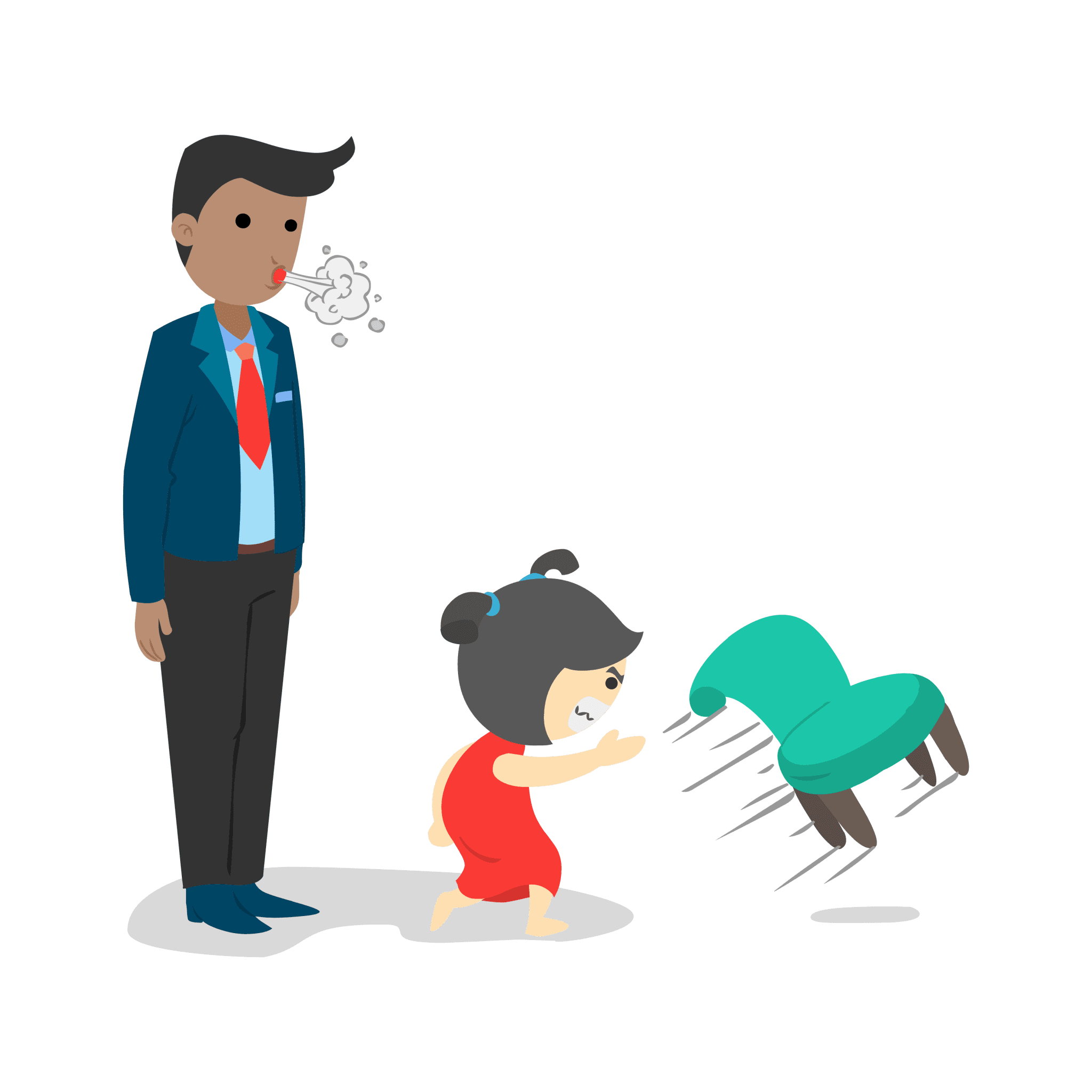 Child keeps themselves safe during.
Child keeps themselves safe during.
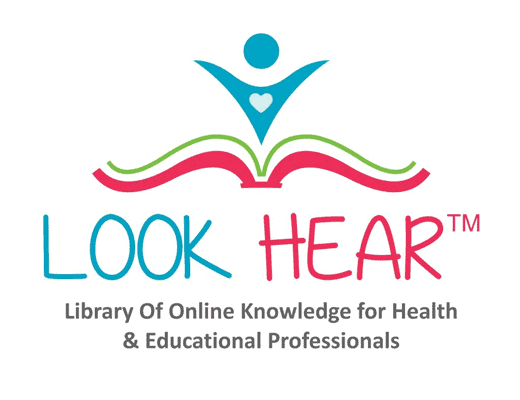

 A: Often parents will be given homework to reinforce what has been completed in the session/s. This is because the research tells us that when parents implement the suggestions from therapy at home, their children are more likely to make faster gains throughout their treatment. Parents who are engaged with their child’s therapy are often more responsive to their child’s needs. This means that they are often are more able and likely to identity and respond to problems when they arise. Sometimes therapists will give the parents themselves homework to help them to become more engaged in their child’s journey. This may also include being giving tasks to help them identify and respond appropriately to their child’s evolving needs.
A: Often parents will be given homework to reinforce what has been completed in the session/s. This is because the research tells us that when parents implement the suggestions from therapy at home, their children are more likely to make faster gains throughout their treatment. Parents who are engaged with their child’s therapy are often more responsive to their child’s needs. This means that they are often are more able and likely to identity and respond to problems when they arise. Sometimes therapists will give the parents themselves homework to help them to become more engaged in their child’s journey. This may also include being giving tasks to help them identify and respond appropriately to their child’s evolving needs.
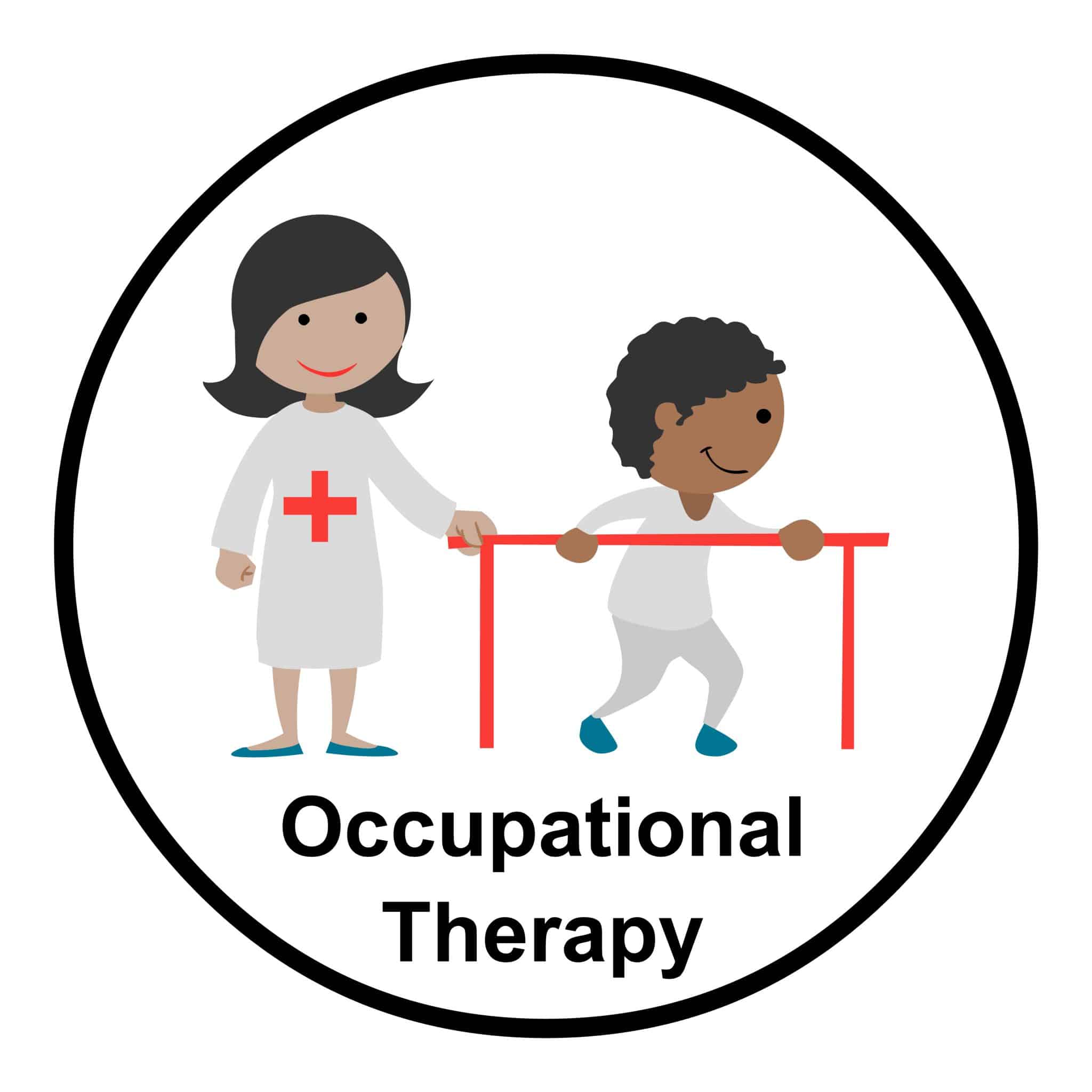












 “I was so excited to be offered the chance to speak at the next ISAAC Conference on the Gold Coast. The conference is for people who use and/or work with alternative and augmentative communication (AAC). AAC includes such methods as symbols, signs and speaking devices. When the conference is in the UK, I usually attend and when I saw this conference was in Australia I jumped at the chance.
“I was so excited to be offered the chance to speak at the next ISAAC Conference on the Gold Coast. The conference is for people who use and/or work with alternative and augmentative communication (AAC). AAC includes such methods as symbols, signs and speaking devices. When the conference is in the UK, I usually attend and when I saw this conference was in Australia I jumped at the chance.